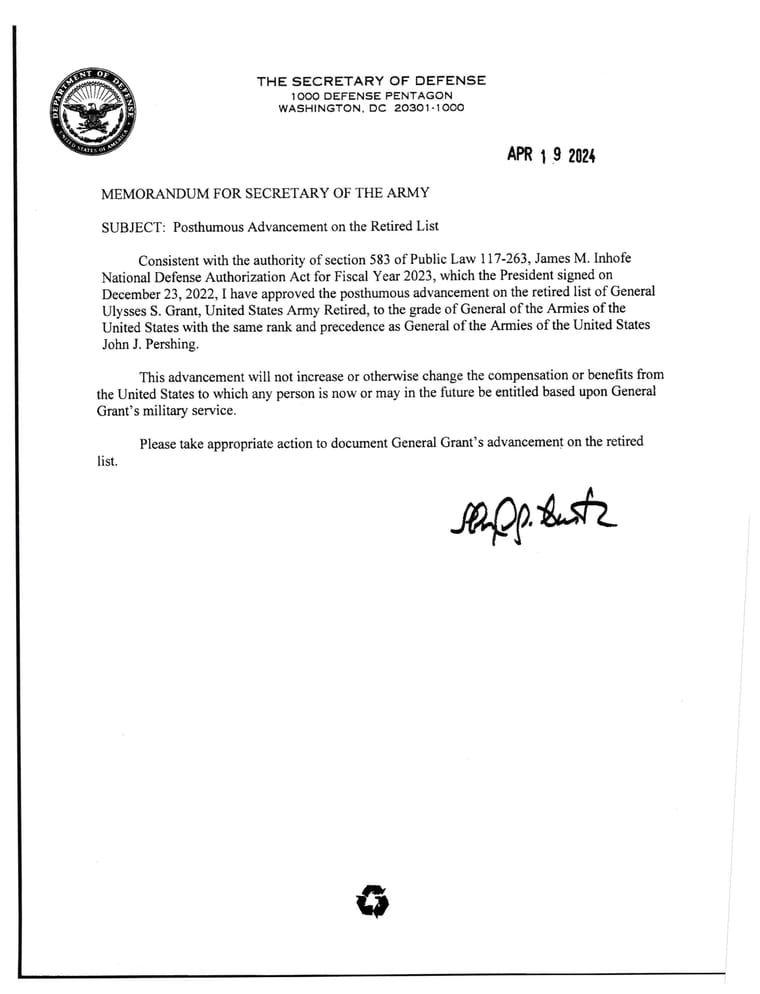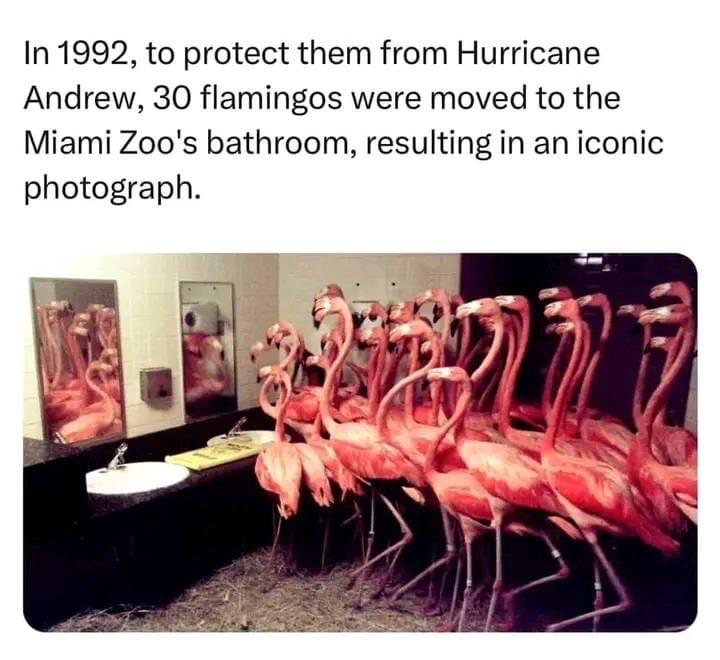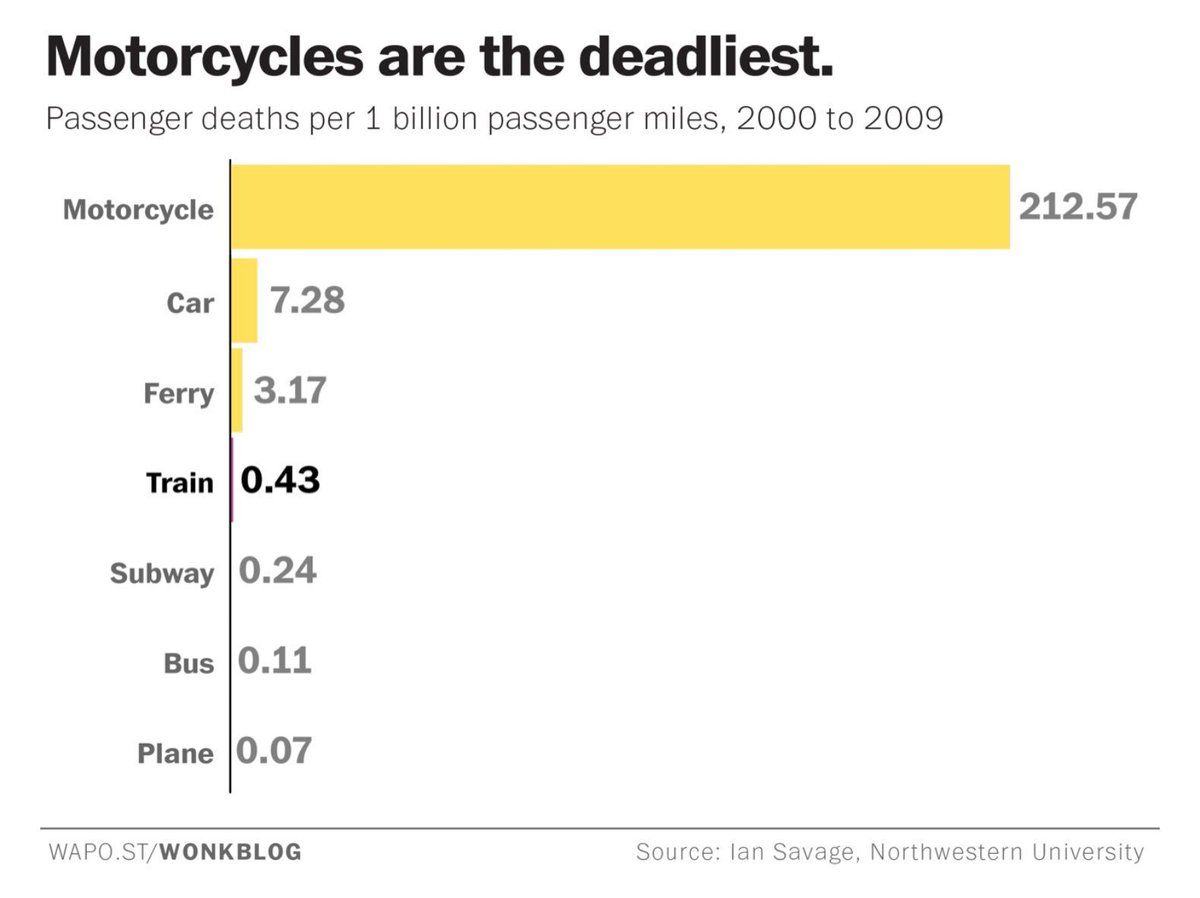Mildly interesting
-
I suppose we would have to determine if the ability of a mosquito biting animals is something of any value.
@mark said in Mildly interesting:
I suppose we would have to determine if the ability of a mosquito biting animals is something of any value.
Many animals rely on mosquitoes as a part of their diet, playing an important role in maintaining ecological balance. Here are some key examples:
Insects and Arthropods:
- Dragonflies – Both dragonfly adults and larvae (nymphs) feed on mosquitoes, especially during the mosquito’s aquatic larval stage.
- Damselflies – Similar to dragonflies, damselflies prey on mosquitoes in both their larval and adult stages.
- Spiders – Various species of spiders capture mosquitoes in their webs as part of their diet.
- Beetles – Some species of beetles, particularly aquatic ones, feed on mosquito larvae.
Birds:
- Swallows – These birds are known for catching mosquitoes and other flying insects in flight.
- Purple Martins – A species of swallow, Purple Martins are believed to eat mosquitoes, though they generally feed on a wide variety of flying insects.
- Bats – Many species of bats consume mosquitoes, although mosquitoes form only a small part of their overall diet.
Fish:
- Mosquitofish – These small freshwater fish (Gambusia) are known to eat large numbers of mosquito larvae in ponds and wetlands.
- Guppies – In some areas, guppies are introduced to help control mosquito populations by consuming their larvae.
Amphibians:
- Frogs and Tadpoles – Tadpoles of some frog species consume mosquito larvae, and adult frogs may eat adult mosquitoes as part of their diet.
- Newts and Salamanders – These amphibians, especially in their larval stages, may feed on mosquito larvae.
Reptiles:
- Lizards – In some regions, small lizards may eat mosquitoes, although this is not a primary food source for most species.
While mosquitoes are a nuisance to humans, they play a role in many food webs, especially in wetland ecosystems where they contribute to the diets of various species.
-
TV and even radio started it, with the internet it just accelerates.
D’Oh - do you remember hearing or using any of these alternatives as a kid?
@jon-nyc said in Mildly interesting:
D’Oh - do you remember hearing or using any of these alternatives as a kid?
Not really, I'm not sure I believe the graph. In the 70's it was definitely a splinter where I grew up, although I've heard the term 'sliver' used.
-
The V75 Liquid Tire Chain was a rare 1969-only option for most Chevrolets (excluding wagons and pickups). It featured rear nozzles that sprayed a traction fluid onto the tires, improving grip on snow and ice. Though short-lived, this unique system added safety and innovation to winter driving, making it a prized feature among collectors today.

-
I love the way they say humans have never set foot there then show you pictures of them.
-
@mark said in Mildly interesting:
I suppose we would have to determine if the ability of a mosquito biting animals is something of any value.
Many animals rely on mosquitoes as a part of their diet, playing an important role in maintaining ecological balance. Here are some key examples:
Insects and Arthropods:
- Dragonflies – Both dragonfly adults and larvae (nymphs) feed on mosquitoes, especially during the mosquito’s aquatic larval stage.
- Damselflies – Similar to dragonflies, damselflies prey on mosquitoes in both their larval and adult stages.
- Spiders – Various species of spiders capture mosquitoes in their webs as part of their diet.
- Beetles – Some species of beetles, particularly aquatic ones, feed on mosquito larvae.
Birds:
- Swallows – These birds are known for catching mosquitoes and other flying insects in flight.
- Purple Martins – A species of swallow, Purple Martins are believed to eat mosquitoes, though they generally feed on a wide variety of flying insects.
- Bats – Many species of bats consume mosquitoes, although mosquitoes form only a small part of their overall diet.
Fish:
- Mosquitofish – These small freshwater fish (Gambusia) are known to eat large numbers of mosquito larvae in ponds and wetlands.
- Guppies – In some areas, guppies are introduced to help control mosquito populations by consuming their larvae.
Amphibians:
- Frogs and Tadpoles – Tadpoles of some frog species consume mosquito larvae, and adult frogs may eat adult mosquitoes as part of their diet.
- Newts and Salamanders – These amphibians, especially in their larval stages, may feed on mosquito larvae.
Reptiles:
- Lizards – In some regions, small lizards may eat mosquitoes, although this is not a primary food source for most species.
While mosquitoes are a nuisance to humans, they play a role in many food webs, especially in wetland ecosystems where they contribute to the diets of various species.
@George-K said in Mildly interesting:
@mark said in Mildly interesting:
I suppose we would have to determine if the ability of a mosquito biting animals is something of any value.
Many animals rely on mosquitoes as a part of their diet, playing an important role in maintaining ecological balance. Here are some key examples:
Insects and Arthropods:
- Dragonflies – Both dragonfly adults and larvae (nymphs) feed on mosquitoes, especially during the mosquito’s aquatic larval stage.
- Damselflies – Similar to dragonflies, damselflies prey on mosquitoes in both their larval and adult stages.
- Spiders – Various species of spiders capture mosquitoes in their webs as part of their diet.
- Beetles – Some species of beetles, particularly aquatic ones, feed on mosquito larvae.
Birds:
- Swallows – These birds are known for catching mosquitoes and other flying insects in flight.
- Purple Martins – A species of swallow, Purple Martins are believed to eat mosquitoes, though they generally feed on a wide variety of flying insects.
- Bats – Many species of bats consume mosquitoes, although mosquitoes form only a small part of their overall diet.
Fish:
- Mosquitofish – These small freshwater fish (Gambusia) are known to eat large numbers of mosquito larvae in ponds and wetlands.
- Guppies – In some areas, guppies are introduced to help control mosquito populations by consuming their larvae.
Amphibians:
- Frogs and Tadpoles – Tadpoles of some frog species consume mosquito larvae, and adult frogs may eat adult mosquitoes as part of their diet.
- Newts and Salamanders – These amphibians, especially in their larval stages, may feed on mosquito larvae.
Reptiles:
- Lizards – In some regions, small lizards may eat mosquitoes, although this is not a primary food source for most species.
While mosquitoes are a nuisance to humans, they play a role in many food webs, especially in wetland ecosystems where they contribute to the diets of various species.
What does that have to do with the ability of the female to bite animals?
And they "contribute" but they aren't the entire diet.
-
This artificial plant guzzles CO2 and makes electricity.
-

-
-



